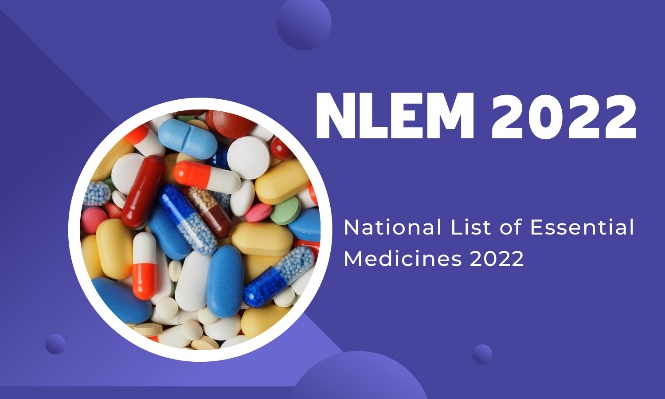Free Courses Sale ends Soon, Get It Now


Free Courses Sale ends Soon, Get It Now



Disclaimer: Copyright infringement not intended.
Context
Essential medicines
India’s National List of Essential Medicine (NLEM)
Deletion of drugs from the list
Other facts
Conclusion
Way Ahead
Read: https://www.iasgyan.in/daily-current-affairs/healthcare-sector-in-india
https://iasgyan.in/daily-current-affairs/primary-health-care-in-india
https://epaper.thehindu.com/Home/ShareArticle?OrgId=GHMA984PD.1&imageview=0
© 2024 iasgyan. All right reserved